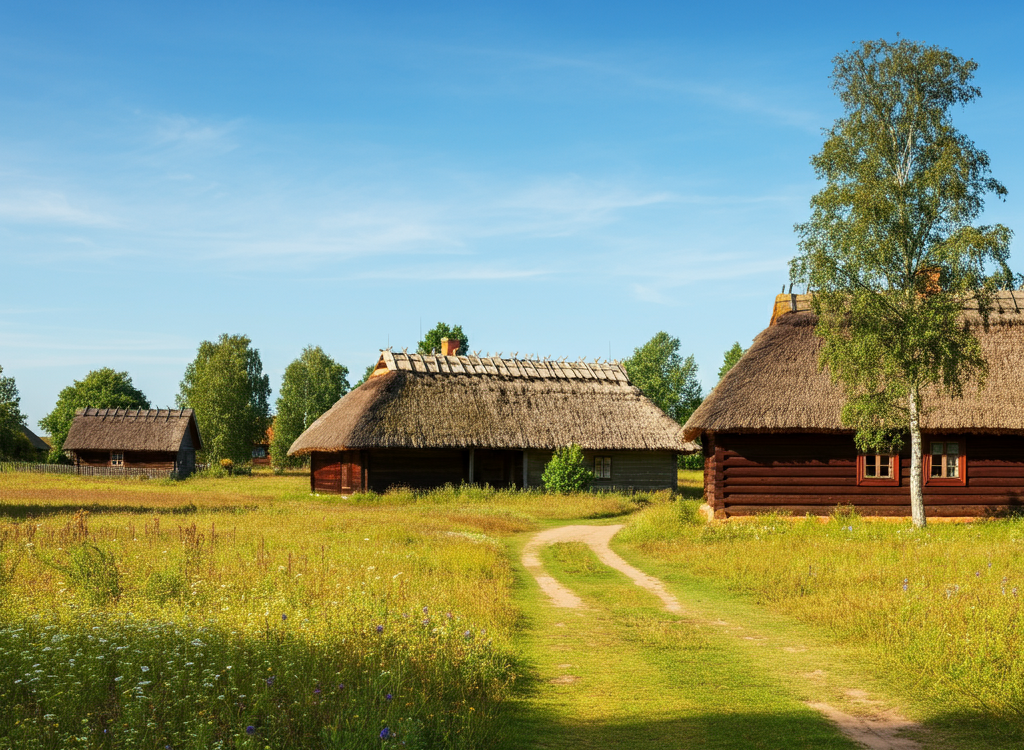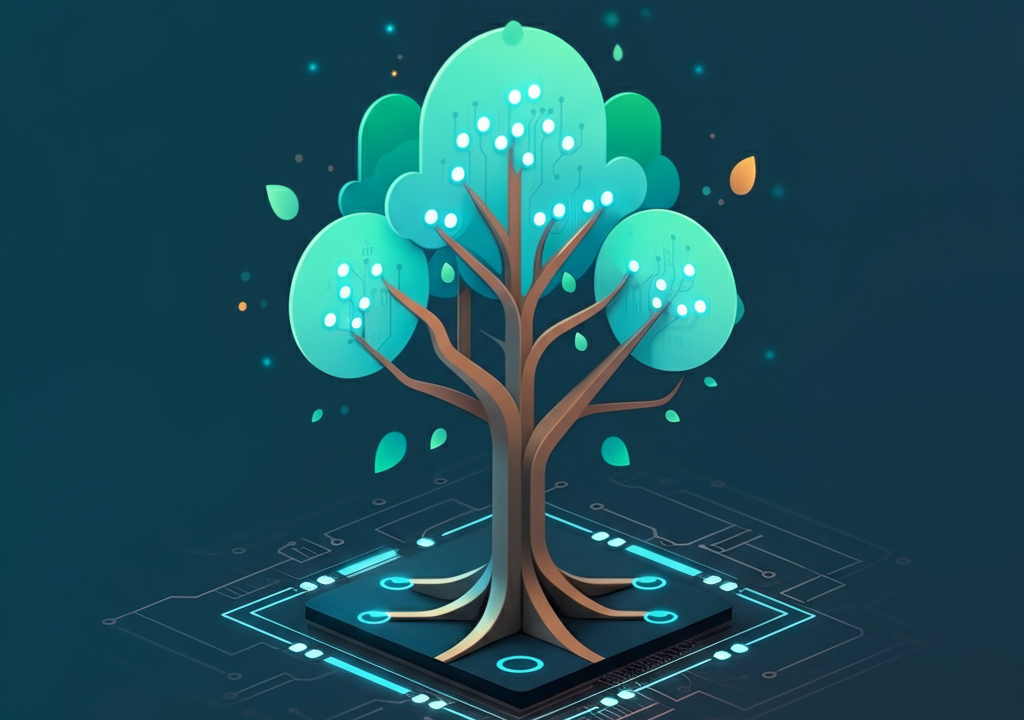If you’ve ever wondered why certain traditions capture the soul of a nation, look no further than
sodziu. More than just a word, sodziu embodies the beating heart of Lithuania’s culture, resilience, and heritage. Deeply rooted in the Baltic landscape, sodziu isn’t only about picturesque countryside—it’s a living way of life dedicated to tradition, community, and harmony with nature. But what is sodziu, really, and why does it mean so much to Lithuanians and cultural explorers around the world?
I’ve spent years immersed in Lithuanian rural life, listening to elders share memories around the krosnis (wood-burning stove), strolling country roads lined with blooming lilacs, and tasting home-baked rye bread fresh from the oven. In this article, we’ll dive deep into the
sodziu lifestyle—its ancient roots, evolving forms, and what makes it as relevant today as it was centuries ago. Come along—by the end, you’ll understand why preserving sodziu is a mission that matters, both for Lithuania and for anyone in search of authentic, sustainable living.
What is Sodziu?
At its heart,
sodziu refers to traditional Lithuanian rural homesteads or small villages. Think clusters of family-run farms, hand-built timber houses, well-kept gardens, and sacred nooks for both Christian and pagan traditions. Sodziu is woven not just of buildings, but of life—morning chores in the barn, the laughter of multiple generations gathered at one table, and the respectful hush as folk tales and songs fill a long summer evening. This lifestyle champions ecological balance, cultural continuity, and real human connection.
Even today, walk into a sodziu and you’re bathed in the scent of fermenting bread, wood smoke, and wildflowers. Grandparents pass down stories and skills, children pick currants straight from the bush, and neighbors are treated as family. In Lithuania, to be “of the sodziu” is a living badge of cultural pride—equal parts legacy and present-day inspiration.
The Deep Historical Roots of Sodziu
Understanding the true heart of sodziu means tracing its story across centuries of change. Decades of research, interviews, and first-hand accounts reveal that the sodziu way long pre-dates Lithuania’s cities and modern industries. In fact, most sodziu emerged from Baltic tribal settlements, where communities cherished the land and marked life’s rhythms with seasonal rituals. Every piece of earth, every well, every old oak tree—there are legends and meaning bound to them.
- Pagan Beginnings: Early sodziu communities flourished under Baltic pagan traditions. Villagers gathered to honor sun, earth, and harvest, often at sacred groves or water sources. Nature wasn’t just scenery; it was a living partner in every celebration.
- Christian Infusions: With the spread of Christianity, ancient traditions mingled with new faith. Churches were built near ancient shrines, holiday feasts gained saints’ names, but the underlying sodziu respect for land and ancestry survived.
- Centuries of Foreign Rule: Lithuania’s rural communities held on through centuries of occupations, from Teutonic knights to Tsarist Russia and Soviet collectivization. Even when language and customs were forbidden, sodziu traditions were quietly preserved at home.
- 20th Century Revival: Despite the brutal erasure of many village customs under Soviet collectivization, the late 20th century saw passionate locals revive the sodziu lifestyle. Modern Lithuanians are now rediscovering its value—forging new pride in centuries-old ways.
Why Sodziu Still Matters (and Always Will)
Sodziu stands out as a beacon of authenticity in today’s hyper-connected, often superficial world. When screens dominate our days and communities grow ever more fragmented, the sodziu tradition offers an antidote—simplicity, kindness, connection, and gratitude. For generations, sodziu life has taught resilience: abundance in small harvests, beauty in ordinary moments, and a deep respect for the land beneath our feet. The lessons of sodziu are timeless, yet feel especially urgent as we talk about sustainability and mental well-being.
Sodziu as a Blueprint for Sustainable Living
Perhaps the most powerful aspect of sodziu is its blueprint for sustainability. Centuries before “zero waste” or “farm-to-table” became buzzwords, sodziu families were composting, keeping bees, rotating crops, and caring for orchards passed down through generations. I’ve witnessed families in the Lithuanian countryside maintaining flourishing vegetable gardens and earth cellars, living proof that these methods nourish body and soul—and heal the land. Key sodziu practices include:
- Composting: Transforming kitchen waste into rich garden soil, a routine chore with profound impact on land fertility.
- Beekeeping: Promoting biodiversity while sustaining families with local honey—a key feature of sodziu homes.
- Rainwater Collection: Harvesting every precious drop, both as practical wisdom and as an act of respect toward nature.
This natural way of life not only protects local ecosystems, but it offers a set of real, actionable solutions for anyone anywhere looking to reduce their environmental footprint. And those results can be felt quickly—healthier soil, tastier food, deeper personal satisfaction.
The Modern (and Digital) Revival of Sodziu
Today’s Lithuania isn’t frozen in time, and neither is sodziu. Young families, artisans, and digital creators are breathing new life into ancestral customs, merging tradition and technology with remarkable creativity. Social media is filled with #SodziuLife inspiration—photos of thatched-roof homes, home-cooked cepelinai, and midsummer wreath-making parties catch the eye of audiences far beyond Lithuania’s borders.
Eco-tourism is another major force in the sodziu renaissance. Travelers are eager for immersive experiences: mushroom picking in ancient forests, baking bread with village grandmothers, or weaving sashes rich with folk symbolism. Such visits not only spark joy and understanding—they provide vital support for local families, safeguard historical buildings, and inspire a new generation to protect sodziu ways.
The digital era even brings virtual workshops and online communities into play: I’ve participated in and seen global audiences join live-streamed folk song sessions and craft tutorials from rural Lithuanian kitchens. DIY sodziu kits are now shipped worldwide, carrying bits of this tradition into kitchens and classrooms as far as Tokyo or Toronto.
How to Bring Sodziu Into Your Own Life
You don’t need to be born in Lithuania to cherish or benefit from sodziu wisdom. Anyone can embrace the heart of sodziu right where they live—here’s how you might start:
- Cook Sodziu Dishes: Try classic recipes like cepelinai (savory potato dumplings) or šaltibarščiai (refreshing beet soup). Opt for seasonal produce and invite friends or neighbors to share a homemade meal.
- Celebrate With Nature: Host a solstice gathering or garden harvest festival, mixing music, crafts, and storytelling the way sodziu families have for centuries.
- Prioritize Sustainability: Start small—compost, keep a pollinator-friendly garden, or collect rainwater. Every effort matters, and you’ll notice a difference in your daily rhythms.
- Build Community: Volunteer at a local garden, join a cultural association, or visit eco-villages that draw inspiration from sodziu living. Real connection is the ultimate tradition worth reviving.
If you’re able to travel, don’t miss a chance to visit a sodziu eco-village or homestead in Lithuania. Hands-on workshops—like weaving, woodworking, or folk music—are more than just fun; they’re a bridge across time and cultures.
Preserving Sodziu for Future Generations
Ensuring the survival of sodziu is the responsibility of both communities and individuals. In Lithuania, passionate activists, artisans, and educators are collaborating to restore rural buildings, document folk wisdom, and teach children the value of ancestral skills. Government programs and cultural NGOs offer grants, hold festivals, and promote awareness—crucial for keeping sodziu alive in both memory and reality.
Globally, everyone has a part to play. Whether you support organizations advocating for rural heritage, share sodziu traditions with your family, or simply make sustainable choices in your daily life, you are part of the sodziu story. Small efforts ripple outward—preserving not only Lithuanian culture, but also our collective ties to the land and each other.
Sodziu: A Pathway Forward
In a world hungry for meaning and belonging, sodziu is more than an idyllic countryside fantasy—it is a living tradition. It teaches us to value what matters: connection to the land, respect for elders and ancestors, joy in community, and pride in simple abundance. By honoring sodziu’s past, adapting its wisdom for today, and passing it to the next generation, we build not just a greener future, but a happier and more grounded one.
Ready to unlock the magic of sodziu in your own life? Embrace the slow joys—grow something, cook a new dish, or reach out to someone who remembers another era. Every small act is a tribute to a tradition that continues to thrive through ordinary people, one day at a time. Share your sodziu story, seek out local gatherings, and be part of the movement that keeps these roots strong.
If you found this article inspiring, consider subscribing, sharing, or joining a sodziu-inspired event in your area. Let’s keep these timeless values alive, together.



